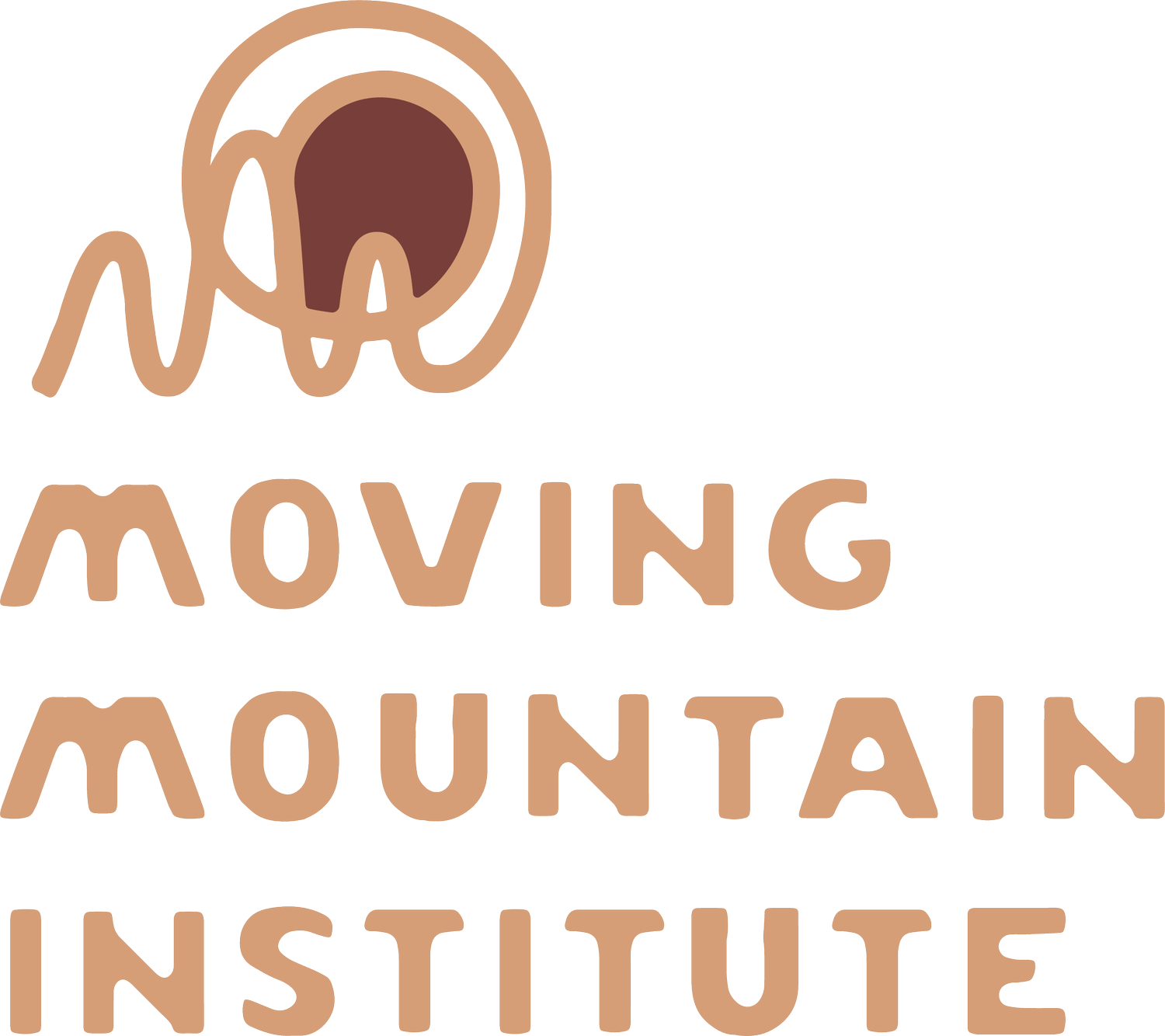2022-2023 Course Calendar & Curricula Updates!
/We have updated our course calendar for the remainder of 2022 through May 2023! If you had told a younger version of me I would be having things planned a year out I would have never believed you!
We have been working hard in the background taking insights we have learned from our new cohort based hybrid craniosacral curriculum and applying them to our other curricula. I am thrilled with how it’s coming together.
Let me explain what we mean by our version of a hybrid course model - we think it’s pretty cool and a little different in our field.
We remain committed to the analog in-person class, it’s just where it’s at for us, we like teaching the hands-on techniques and that’s just better in-person. For the majority of our classes, there is in-person time as well as supporting asynchronous content. The subtleties of working on the depth of contact and the quality of a person's touch are best taught in an in-person setting.
The hybrid part is where all the essential background knowledge lives. The hands-on work is informed by our understanding of the dynamics of the systems and parts of the body we are treating. So, for each course within each curricula we have a series of pre-recorded lectures for you that cover key concepts and our fun and maybe a little different connective anatomy perspectives.
The learning design here is where it’s really different from most other CE out there. It’s not easy learning new things as an adult and often it requires practice and a little study. We want you to be able to really focus on the techniques when we are in the classroom together and not have to shift back and forth between lecture brain and doing-techniques brain. These are different parts of our brains.
So the lectures are there for you before and, crucially, after classes. You can go rewatch parts of lectures after class and refresh and deepen your understanding of a technique.
Each curriculum has its own unique background knowledge that brings the techniques to life. So, for each course within each curriculum there are a series of lectures covering treatment principles and the unique anatomy perspective for that curricula, i.e. the way we discuss the anatomy of the viscera and abdomen is different than the myofascial system. But we break it down and put it together for you!
We try to make the lectures fun and engaging and easy to watch - I actually have a goal that you like ‘em so much you’ll put one on and wash the dishes!
Craniosacral Therapy:
This is our in-depth craniosacral cohort based mentorship program. You will go through the 5 in-person weekend course series with the same group of folks, this allows for a deeper conversation around the work and the support of a learning community.
The 5 weekends are built around a stream of asynchronous online content designed to support your studies, inspire you and continue to inform your touch through understanding treatment principles and being able to visualize the anatomy and physiology of the system.
We meet once online synchronously before each in person session to prepare for our class time together.
Myofascial Release:
Our myofascial release curriculum is unique in at least two ways.
One is that we have carried over from our extensive craniosacral studies the idea of both direct myofascial work, engaging a stretch of the tissues, with an indirect approach, a compression of the tissues.
Second, along with the techniques and cool treatment approach we like to get into some myofascial mapping. Understanding the relationships between myofascial structures is what makes a true myofascial approach to bodywork so potent - it emphasizes understanding how things are connected across joints and even regions of the body.
Learning this way empowers folks to be able to approach complex cases as they present themselves clinically and be able to follow the tissues.
I am thrilled to be making this curriculum hybrid. Due to time constraints when we are in-person I am never able to explore the anatomy mapping as much as I would like or that I feel will be helpful for folks. So, in these lectures I get to stretch out (haha) and share with you the myofascial maps and relationships that are alive with each technique we learn.
This last year is the first time we offered folks the opportunity to bundle their MFR registrations and it was fantastic in the classroom. There was a core group of folks that were going through it together and I could watch everybody’s hand skills develop from class to class and their familiarity with one another added to that enhanced skill.
Important: MFR TLF is the prerequisite for all the rest of the MFR courses. After that, you can take them in any order you like. We do suggest doing a series of them as each class is designed to both show you techniques for specific body regions and also develop your skills with the work.
Integrated Visceral Techniques:
Like the MFR curriculum, we have a unique spin on visceral work. I like to call it visceral fascial work. The abdomen is a complex place, with quasi solid structures overlapping much more hollow, sometimes full structures and tangles of connective tissue relationships, lymph vessels, circulatory vessels, nerves… yowza!
Breaking down the anatomy and some of the physiology (in a fun and approachable way) is essential to this work. Here is where hybridizing this curriculum is a game changer.
The lectures will be key to students being able to imagine the structures we are working with and bring them into their hands. The more we know about a place in the body the more intelligent our touch is in that area and I believe the body can sense that and it participates more in the work.
So, we will have some good asynchronous lectures for you to aid in your learning of this work. There will also be some lecture content dedicated to applying polyvagal theory concepts to our visceral work.
Active Isolated Stretching
We are bringing our approach to active facilitated stretching back into the regular rotation. I cannot imagine my work without this technique as part of what I am able to offer folks. It is a fun and engaging way to bring stretching into your clinical or table work with a client or patient. The stretching techniques are incredibly effective and offer diagnostic information as well.
Each stretch we learn is also easily translated into an at home exercise for your people. This helps you offer effective at home exercises for people who are interested.
This series will also be hybridized with online lecture content. This series in conjunction with the MFR work makes for a comprehensive skill set ranging from subtle and gentle to active and moving - all within the MMI listening based approach.




